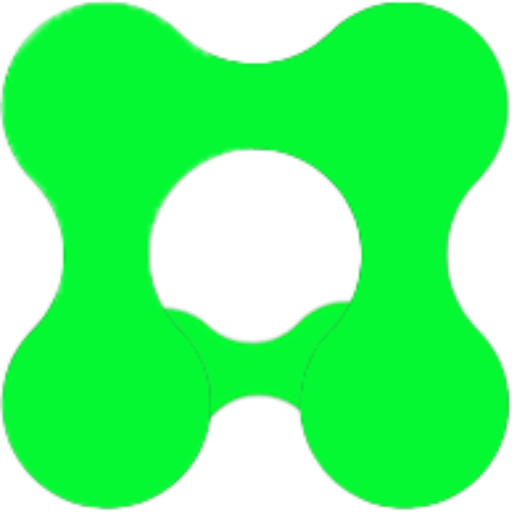
2023
“The Man Who Spins”
I carried out the first implantation of an electronic heart within one of my pictorial works, “The Running Man”. I designed a blockchain smart contract, orchestrating the beating of these electronic hearts until their scheduled extinction. This smart contract is directly linked to the heart via a radio frequency connection. My appeal lies in this fusion between tangible works and their existence in the digital world. In my eyes, information is nothing more than concrete matter.
Arsen Eca
Contemporary art continues to evolve, mixing tradition and modernity in an incessant dance that questions our perception of reality and of art itself. Arsen Eca, an artist recognized for his ability to transcend the conventional boundaries of art, offers us a new vision of his famous acrylic work, “The Running Man”.
In this daring reinterpretation, Eca integrated an electronic chip into the heart of the man depicted. But it’s not just a technological gadget: this chip is connected by radio frequency to a unique Non-Fungible Token (NFT). The NFT, this digital collector’s item guaranteed by the blockchain, is endowed with a unique property here. On a predefined date, the NFT will self-destruct, thus symbolizing the inevitable death of man.
The artist invites us to a deep reflection on the fragility of life, the convergence between the physical and the digital, and the notion of ephemerality. In an age where everything seems to be able to be preserved indefinitely thanks to technology, Eca reminds us that the end is an intrinsic component of life. By integrating the world of NFTs into his work, he also questions the value and sustainability of art in the digital age.
“The Running Man”, in its new version, is therefore much more than a simple painting. It is an experience, a confrontation between past, present and future, between tangible and intangible, between life and death.

